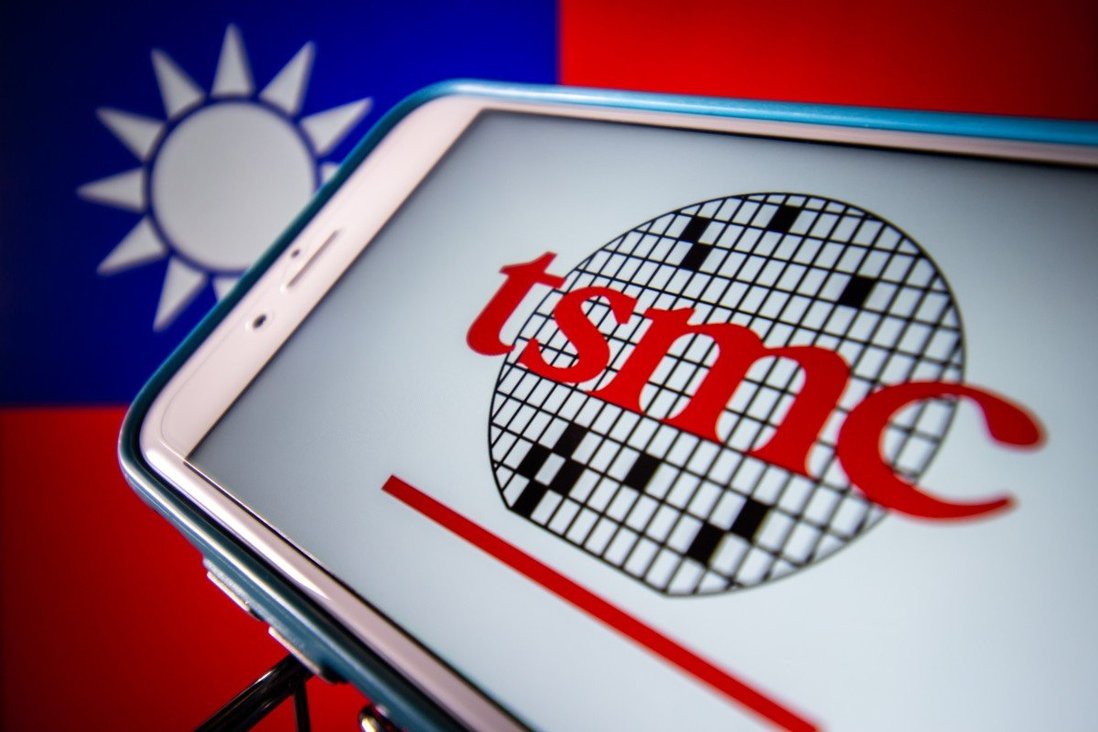
TSMC drew the ire of Chinese state media last week after it complied with the US Department of Commerce request to submit supply chain data by the November 8 deadline.
The Chinese reports, which called it an act of “surrender” to US hegemony, were careful in laying blame on Taipei for caving in to Washington, rather than pointing fingers at TSMC itself.
Chinese state media commentators are experts in party propaganda, not semiconductors, so they could be excused for not knowing the obvious: TSMC didn’t become the world’s leading foundry by blabbing about what its customers are doing.
Separately, Reuters quoted TSMC saying that it did not disclose any detailed confidential customer information to the US.
TSMC was one of 23 entities, including ASE, Infineon, Micron and Philips, that provided supply chain data, with most chipmakers choosing to do so privately rather than publicly disclosing their data.
But there were some interesting nuggets to be found in the public submissions.
On the customer side, Philips revealed that it had to delay 13 per cent of its production due to the semiconductor shortage. It added that the most severe shortages were in MCUs, FPGAs, ASICs, memory, linear and discretes – and that sourcing hard-to-find components now takes 12 to 18 months compared to 3 months in normal times.
Technicolor was something you’d see on movie screens in the golden days of Hollywood. These days it is the trading name of a French based company (formerly Thomson) that provides, among other things, visual effects production services for movies. It also buys chips, but not anywhere near the quantity of a giant like Philips – and therein lies the problem.
As a small customer, Technicolor has little clout amid product shortages, and it expressed those frustrations in its submission.
“Technicolor’s IC supply chain visibility has been challenged and remains uncertain, with unstable raw material supply (lead-frame, substrate), shortages with IC fabs and OSAT balancing capacity (allocation) and material availability to prioritize supply impacting delivery schedules with the fluctuation in lead-time impacting delivery commitments,” the company said.
Rising costs from foundry suppliers like TSMC and UMC was another bone of contention for the French company.
“IC suppliers are requesting customers to pay expediting fees to secure supply from foundries, and logistic fees are ever rising from our freight forwarders. Cost increases like this are not standard in the semiconductor market and go against Moore’s Law, which is why they were not foreseeable or expected.” Ouch!
Back on the chip supply side, Infineon was blunt in telling the US government what the “root cause” for the global chip shortage was: the JIT (just-in-time) manufacturing system.
“To really overcome the global chip shortage, the JIT system should be replaced by a collaborative platform where demand information is shared anonymously (to keep the competition going) but without the bullwhip bias,” Infineon said.
The bullwhip effect refers to the demand distortion that travels upstream in the supply chain, amplified by the lack of synchronization among supply chain members.
The most damning submission, though, came from the Institute for New Economic Thinking, which slammed member companies of the Semiconductor Industry Association (SIA) like Intel and Qualcomm for asking the US government for industry funding on the one hand, but using their spare cash for stock buybacks on the other. The latter, of course, is meant to boost share prices and increase the wealth of stock-holding executives at the companies.
“Most of the SIA corporate members now lobbying for the CHIPS for America Act have squandered past support that the US semiconductor industry has received from the US government for decades by using their corporate cash to do buybacks to boost their own companies’ stock prices,” report authors William Lazonick and Matt Hopkins charged.
“Among the SIA corporate signatories of the letter to President Biden, the five largest stock repurchasers – Intel, IBM, Qualcomm, Texas Instruments, and Broadcom – did a combined $249 billion in buybacks over the decade 2011-2020, equal to 71 percent of their profits and almost five times the subsidies over the next decade for which the SIA is lobbying.”
It’s not only chipmakers that do this. The Semiconductors in America Coalition (SIAC) was formed in May to lobby Congress for the passage of the CHIPS act. Members include Apple, Microsoft, Cisco and Google, who spent a combined $633 billion on buybacks during 2011-2020, according to the report, which pointed out this was about 12 times the proposed government subsidies under CHIPS to support wafer fabs on US soil.
“If the Congress wants to achieve the legislation’s stated purpose of promoting major new investments in semiconductors, it needs to deal with this paradox,” the report authors said.
Their suggestion: require the SIA and SIAC to extract pledges from members to end stock buybacks as open-market repurchases over the next 10 years.
Any bets on how the members will vote on that?
The Chip Warriors podcast series
Share this post via:





Comments
There are no comments yet.
You must register or log in to view/post comments.